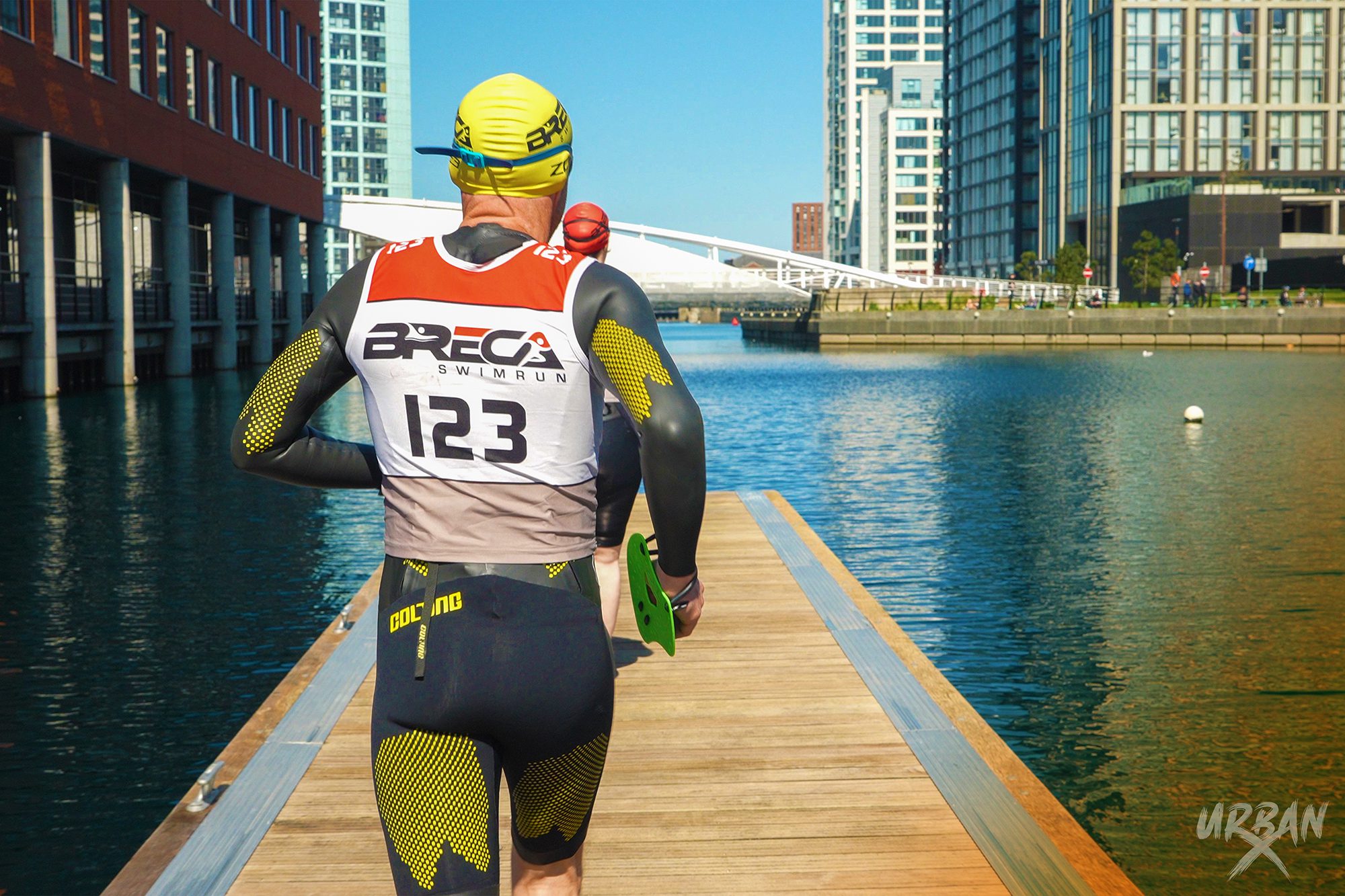
Some runners never seem to shake off shin splints. So how do you get rid of a common injury that returns the moment you start to run again?
Perhaps the most frustrating thing any runner can be told when complaining to their doctor about sore, aching, shins is: “it’s okay, just rest until it gets better”.
After weeks of frustration, thumb twiddling and missing out on that half-marathon you trained so hard for, you feel a bit better, go for a short jog and suddenly the pain comes shooting back. So how should you deal with it? Here’s our expert advice.
What is shin pain and how is it caused?
The days when any type of pain in the shin area was labelled ‘shin splints’ are long gone. Any decent sports physiotherapist, doctor or podiatrist will tell you that the pain might be coming from repetitive strain to the shin bone (tibia), which may lead to a stress fracture if severe. But it may also be coming from tight calf muscles, irritation to the connective tissue around the calf muscles, trapped nerves or aggravated tendons.
So if you are struggling with a stubborn bout of ‘shin splints’ that isn’t going away, then it is worth getting a sports medicine professional to assess you properly and find out what causing your pain.
Most shin problems are caused by the repeated impact involved in running, which stress the tibia and everything around it. Without adequate rest and recovery time to adapt to this stress, the bone, muscle and tendon can become irritated and start to lose strength.
Preventing shin pain
There are certain factors that may lead to an increased risk of shin problems, so here’s how to try and avoid them:
1. Footwear
If you have over-pronating/flat feet or high arched feet, you have less shock absorption and will therefore take more impact through your shins. You must have good quality running shoes which fit well and are supportive for your feet. A reputable running shop can help you with choosing the right pair of shoes.
Better still, get seen by a biomechanical specialist or sports podiatrist. They can assess in far greater detail how all your joints may be affected by running and whether you would be better off with some custom-made insoles to really support your feet and therefore minimise your risk of injury.
2. Training
Plan your training so that you only ever increase your mileage gradually, and factor in rest days between longer runs to allow your body to recover sufficiently.
Try to run on different surfaces so that you’re not running on concrete and tarmac all the time. It is also good to incorporate other types of training into your programme that work on your core stability, balance, alignment and muscle strength. If you’re not sure what type of exercises to do – Pilates classes can be a good place to start.
3. Running technique
An efficient, streamlined running technique can not only save your shins, but also puts less strain on all your joints and uses less energy. It is sometimes worth having a good running coach or trainer take a look at your style.
Treating shin pain
If time is on your side, take two weeks off running and other impact activity to allow the problem to settle down. Keep yourself fit by swimming, and make sure you stretch out your calf muscles at least four times every day for 30 seconds or longer.
Look at your running shoes to see if they may be part of the problem, and think back to the last few weeks of your training schedule to see if you have overdone it. If the pain has subsided after two weeks’ time, build your jogging back up gently and gradually rather than going straight back to what you were doing before.
If this fails, or if race day is looming, go and get yourself assessed by an experienced sports physiotherapist. They can give you a diagnosis for your problem, and specific exercises to help address it.
A sports physiotherapist can also refer you to other biomechanical specialists if required. Alternatively, acupuncture and strapping might help resolve the pain more quickly.
So now there really is no excuse. Shin pain need not be the end of you and your running. Get it sorted and get back out there.






